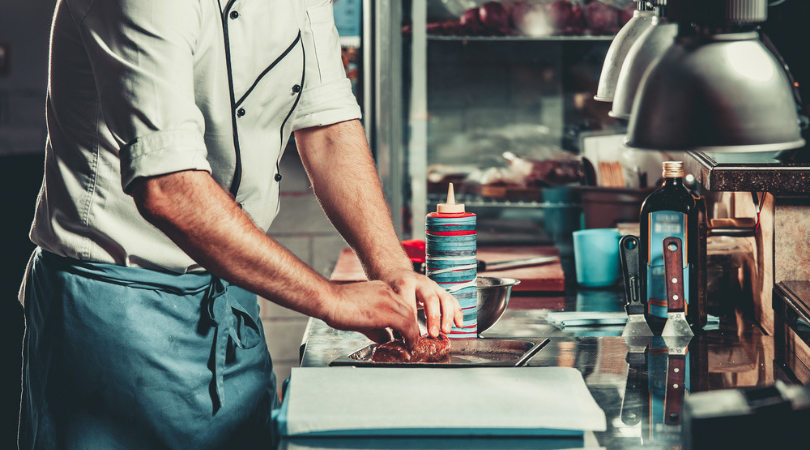People have been using cannabis for as long as they exist, so it shouldn’t come to anyone’s surprise that now we have a myriad of different cannabis products available in various formats.
While the early history of cannabis use was marked with essences, oils, pressed hash, and potent herbal blends, the modern cannabis market has expanded this line by concentrates, topicals, and a massive assortment of cannabis-infused edibles.
Cannabis is a food-friendly herb that can elevate the flavor of your meals to the entirely new dimension. The abundance of strains available for weed aficionados has even contributed to the creation of weed and food pairing, something that was exclusively reserved for food and alcohol not that long ago.
These are the two main reasons why cannabis edibles have recently become an increasingly popular source of cannabinoids among cannabis users across the world.
While there are thousands of edible brands in the USA and Canada and an incredible number of options for the consumer to choose from, nothing can beat the magnetic appeal of cooking with cannabis.
This guide has everything a novice cannachef should know about cooking with their favorite herb.
Enjoy!
The History of Cooking With Cannabis
If you didn’t dig that deep into the history of cooking with cannabis, you may think this form of consumption is relatively new to the community.
Well, we’re sorry to prove you wrong.
While recipes for cannabis edibles have circulated in the underground of American weed culture for almost a hundred years, there are records of people cooking with cannabis dating as far back as the 10th century.
In India, people were drinking a mixture of finely-ground cannabis flowers and milk, which they heated prior to consumption in order to activate the THC in their herb. This cannabis drink is still common to encounter in spiritual rituals.
Interestingly, recipes for a similar beverage have been discovered in Italy, dating back to the Renaissance period.
But America has its own history of cooking with cannabis. In this part of the world, cannabis was mostly used as a “tonic” or medicine until the 20th century’s prohibition. In the 1960s, the cannabis culture we know today was developing a variety of recipes for more low-profile consumption methods.
If anyone is to take credit for the state of the current market, with all its assorted magic brownies, cookies, chocolate bars, lollipops, and more — it’s America.
With the global cannabis legalization movement making progress every month, the future of edible cannabis products looks very promising, to say the least. New companies are popping up like mushrooms after heavy rain, and the competition has never been so intense.
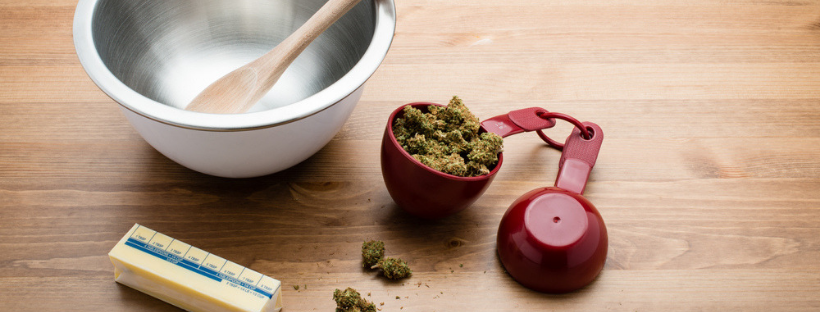
Why Should You Cook With Cannabis?
Cooking with cannabis is simply fun, but that obvious advantage aside, there are many other perks that come with consuming your weed this way.
To begin with, homemade cannabis edibles are much more cost-effective than their readymade counterparts. While we can’t deny the outstanding quality many edible companies offer, they might be cost-prohibitive for people interested in buying weed products without busting their budget.
Moreover, purchasing edibles in America isn’t always easy. While governments are working hard to bring new regulations to relieve some of the pain of fly-by-night vendors, not every edible can be trusted to contain the exact amount of cannabinoids and other ingredients as claimed on its packaging.
Given this, buying edibles requires you to make in-depth research before you make the final purchase decision — and not everybody has time for that.
In contrast, cooking with cannabis gives you way more control over your experience with edibles. You know exactly what strain you’re using for the job and how much potency you’re putting into that sweet hash brownie.
Not to mention the quality of the other ingredients.
How to Extract Cannabis
There are plenty of ways to extract THC and other cannabinoids from cannabis. The most popular method of using the herb at home is a simple infusion into the oil or butter. THC dissolves in fat, so it needs a carrier like that in order to be effectively digested and absorbed into the bloodstream.
Let’s talk about cannaoil and cannabutter for a little bit.
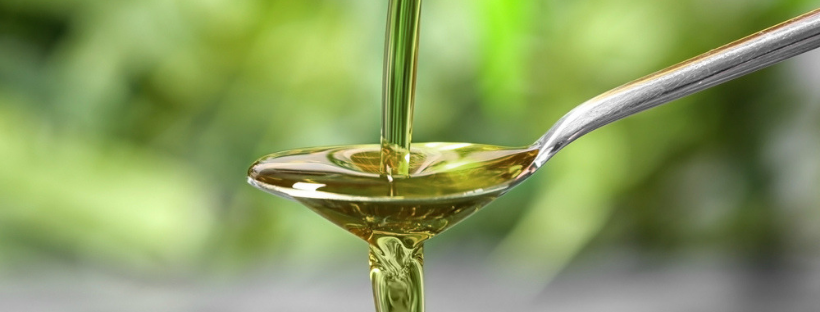
1. Cannaoil
Cannaoil can be used in your daily cooking routine, but you may just as well add it to a salad as a dressing, or use it as a base for your sauces.
For making cannaoil, you’ll need canola oil or olive oil (they work best with weed) and your favorite cannabis strain — about 1 ounce for 6 cups of oil.
How do you make cannaoil at home?
It’s very easy. Just take a heavy saucepan and place it over low heat for a few minutes. Pour the oil into the pan and heat it until it releases its aroma.
Coarsely grind your cannabis buds and transfer them into the pan. Mix well to combine and simmer over low heat for about 45 minutes. Keep an eye out on your cannaoil so as not to scorch it. You can stir the mixture from time to time.
Once your cannaoil is ready, allow it to cool off and strain your end product through a cheesecloth or metal strainer in order to get as much oil as you can.
You can store it up to two months in an airtight container — preferably in the refrigerator.
2. Cannabutter
Cannabutter is the classic way to enjoy your cannabis infusion.
You can use it for baking, cooking, or even spread it on your morning toasts — it works basically for everything related to cooking.
Okay, let’s say you want to make some cannabutter but you have no clue where to start.
Let us help you.
You’ll need about 1 ounce of cannabis buds for 2 cups of unsalted (or salted butter). You should also get yourself a medium saucepan, metal strainer, spoon, a wooden ladle, and an airtight container.
Start by grinding your decarboxylated buds (we’ll elaborate on decarboxylation later in the article) while melting the butter over low heat in the prepared saucepan.
Once done, add your weed to the butter, stir the mixture thoroughly and simmer it for anywhere between 45 minutes and 3 hours, depending on how potent you want the infusion to be. Similar to the cannaoil, you should stir your weed butter mix occasionally.
Filter out the buds with the metal strainer and pour the butter into the container. Squeeze all the butter using the spoon and pressing it against the flowers. Store in the fridge.
And voila! Here’s your base for cooking with cannabis.
Now it’s time to elaborate on the science behind this rewarding process.
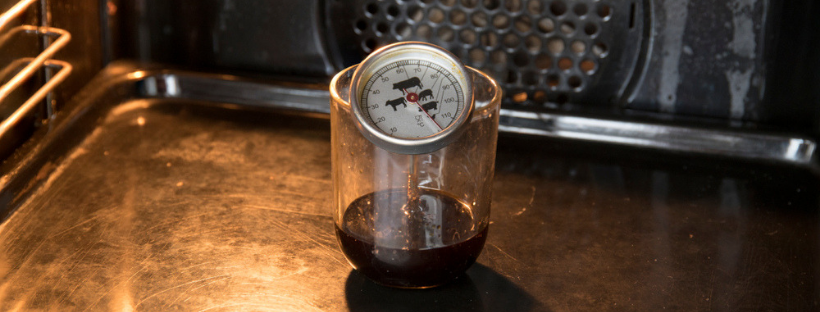
Decarboxylation: The Essential Step For Cooking With Cannabis
Before you even think of cooking with cannabis, you must decarboxylate your herb.
Wait, what?
Relax, decarboxylation is just a fancy word for activating the THC in the plant so you can enjoy that mellow high you love.
Raw cannabis contains a lot of THCA, the non-psychoactive and acidic form of THC.
Decarboxylation happens whenever you smoke or vaporize weed. This process is also slightly triggered during the drying of your cannabis buds after the harvest — but it’s not enough to make potent edibles.
When decarbing your weed, you remove the extra carboxyl group from. This carboxyl group is what keeps THCA on standby. Metaphorically speaking, you can imagine removing the “A” from “THCA”. What are you left with? THC.
Explaining difficult terms with simple language — you’re welcome.
How to Decarboxylate Weed
Preheat your oven to 240F.
Break up your cannabis buds or grind them into smaller pieces. You may be tempted to finely grind them to ensure an even heating surface, but this carries a risk of burning the plant material and wasting your precious cannabinoids.
Line a baking sheet with parchment paper and transfer your ground buds onto it. Place the weed in the oven and bake it for 30–40 minutes. Stir occasionally to make sure each side of the buds receives the desired heat.
Once your flowers get darker, take them out of the oven and let them cool before putting them in a food processor.
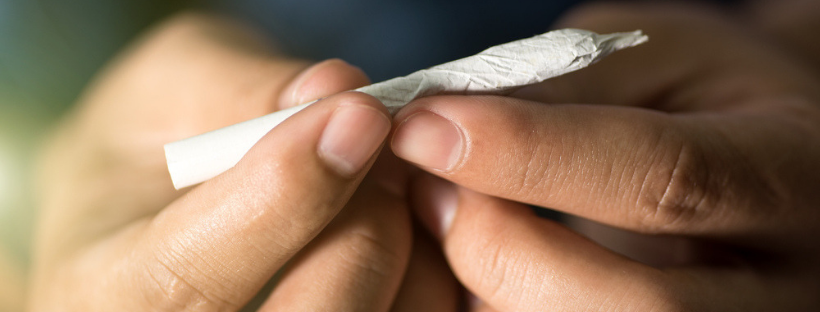
Cooking vs Smoking Cannabis
Cooking with cannabis has several advantages over smoking the herb.
While the process itself can be somewhat absorbing, the entire experience is totally worth the hassle.
The high from edibles takes on a different character than the high you get after smoking a joint or bowl.
Edibles are usually recommended for medical cannabis patients suffering from chronic conditions, as the THC is released at a slower pace.
Given this, the high – and the medical benefits, of course – will be kicking in gradually instead of rushing immediately into your body and brain.
However, the major difference to be aware of when dealing with edibles is the time they need to take effect. Since THC ingested that way must be digested in your stomach before entering the bloodstream (the so-called first pass effect), the effects may come after anywhere between 40–120 minutes.
With that said, those just getting started with edibles should take extreme caution when dosing their goodies. If you don’t feel any difference after 40 minutes, don’t munch on another piece until more time passes. Otherwise, the psychoactive effects of THC will become overwhelming, resulting in a bad experience.
How to Gauge the Potency of Your Edibles
When cooking with cannabis, it’s important to monitor how much of the infusion you use in your recipe and how potent the strain of your choice is.
Fortunately, the majority of edible recipes have dosing suggestions added, but if you’re new to cannabis, you may want to adjust this amount to your individual needs. When using store-bought cannabis-infused oils, make sure to check the label on the bottle for potency. It takes some of the guesswork out of the cooking process.
You can also go with the classic trial-and-error. Spread about 1/4–1/2 teaspoon of cannabutter on a toast and wait until it kicks in. If you can feel the buzz after that dose, then you’ve just found the right potency for yourself.
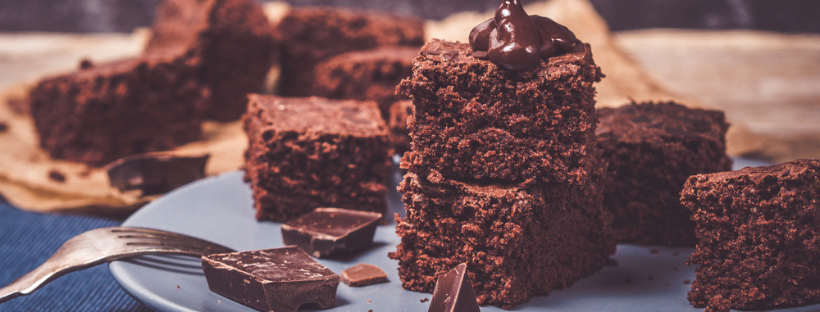
The Best Cannabis-infused Brownie Recipe
Now that you’ve gained the solid theoretical background for cooking with cannabis, it’s time to make things happen.
Here’s a simple recipe for a delicious cannabis-infused brownie.
What you need:
- Brownie mix of your choice
- 75ml water
- 75ml cannabutter or cannaoil
- Melted chocolate
- Crushed chocolate candy bar
- 60g ground pecans
- 120g milk chocolate chips
- 2 large eggs, beaten.
Instructions:
- Preheat your oven to 330F (165C) and grease a 9×13 brownie pan.
- In a large bowl, mix together eggs, water, and your cannabutter
- Add your brownie mix, chocolate chips, and pecans, stirring constantly to a smooth consistency. Set the mix into your pan.
- Transfer the pan to the preheated oven and bake for about 30-40 minutes, or follow the instructions from the box of your brownie mix. You can place a toothpick inside the brownie to check the doneness. If the toothpick comes out clean, you can remove the pan from the oven.
- Melt your chocolate in the microwave for about 25 seconds and dip the underside of your brownies in it.
- Finally, you can sprinkle some crushed chocolate bar pieces on top of the brownie for the extra indulgence.
Make sure to cut your brownie into 20–50 pieces and don’t consume a regular-sized brownie starting off.
Things to Avoid When Cooking With Cannabis
On the last note, we’d like you to take a look at the common mistakes to avoid when making your cannabis-infused edibles. You can print them as your vital commandments for cooking with cannabis:
- Never use too much bud in your recipe; most of the time, only the small amount of cannabis will be needed to produce a potent body high.
- Don’t rush for premium-quality buds in your first recipes. Unless there’s a specific reason you want to use the flower, even large batches of shake can be enough for creating satisfying edibles.
- Test out your cannabutter prior to cooking with cannabis. It may turn out that your carrier is more potent than expected, so you’ll be better off safe than sorry.
- Follow the recipe instructions in most situations unless you’re an experienced cook and you can tell there’s something wrong with the recipe.
Have you already tried cooking your own cannabis-infused food at home? What was your first experience like?
Share your stories in the comments below.


